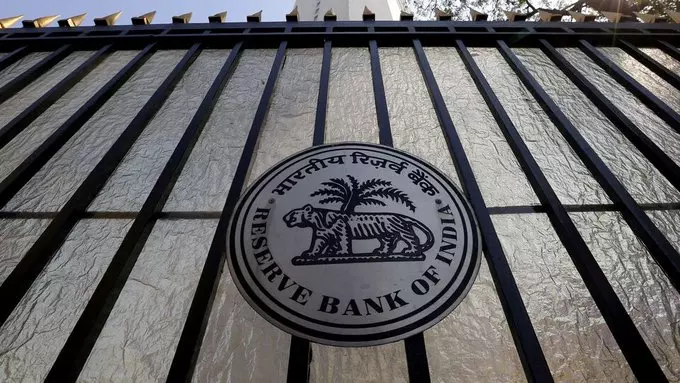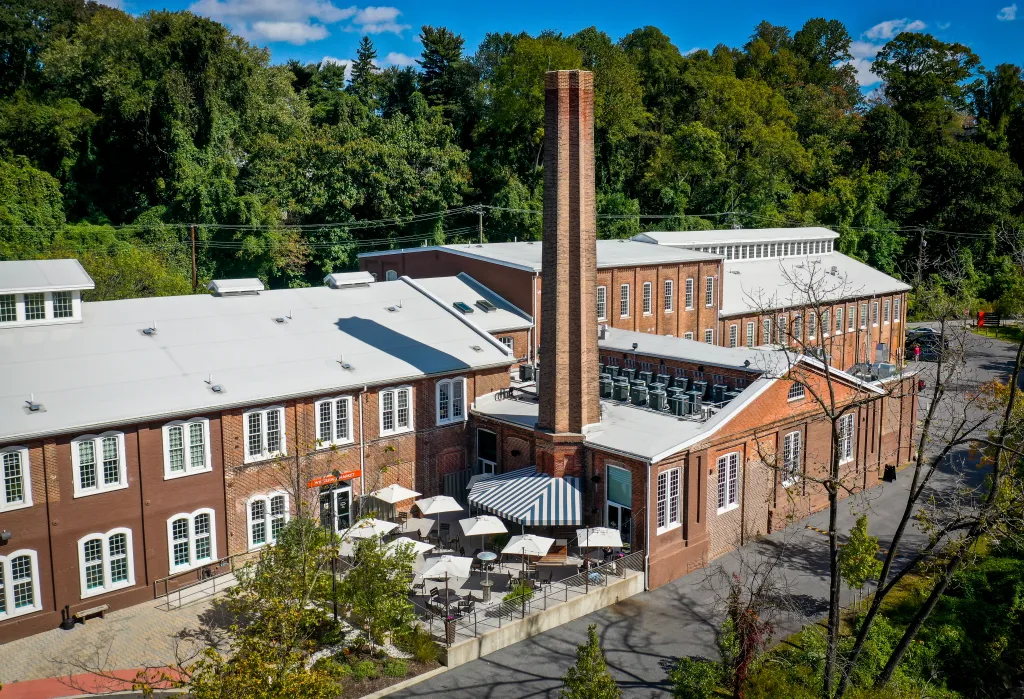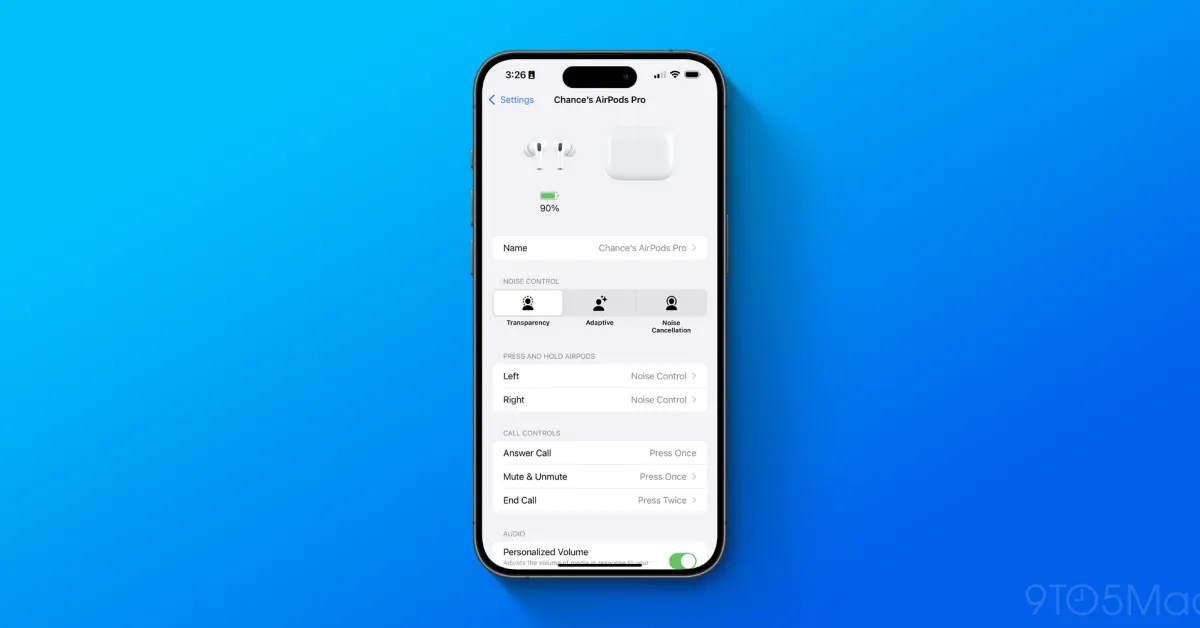By Falaknaaz Syed
Copyright deccanchronicle

MUMBAI: The Monetary Policy Committee (MPC) of the Reserve Bank of India (RBI) began its three-day deliberations on Monday amid overhang of US tariffs on Indian goods, H-1B visa restrictions, and the Federal Open Market Committee (FOMC) embarking on its second leg of rate cuts. However, with domestic economic growth remaining firm, inflation benign, rupee weak and the fiscal measures via income tax relief, GST rationalization, the MPC may choose to hold rates believe most economists, while a small section of economists believe that an unfavourable external environment may push the MPC to cut the repo rate by 25 basis points. The MPC decision would be announced on Wednesday. Says Madan Sabnavis, chief Economist, Bank of Baroda, “While we do believe that there is limited scope for any change in the repo rate in this policy, there is a market view that given the current environment, a rate cut would be warranted. As inflation is anyway well below the target of 4 per cent both before and after GST 2.0, this cannot be a primary consideration. In fact, in Q1-FY27, inflation would be in the region of 4.3-4.4 per cent and average 4-4.5 per cent for the year which means that the real rate would be between one-1.5 per cent which is in accordance with this thumb rule. Also, growth is expected to steady and be upwards of 6.5 per cent for the year and hence there is no imminent threat to this number even after taking into account the tariff effect.” “Under these conditions we expect a status quo. A change of stance could probably be considered to assuage sentiment and bond yields. If at all at a later point of time there is a package for exporters against the backdrop of tariffs, a rate cut could be considered. We expect RBI to also revise downwards the inflation forecast but leave the GDP unchanged,” added Sabnavis. Economic growth exceeded consensus by nearly one percentage point to rise 7.8 per cent yoy in 1QFY26 supported by resilient private consumption, continued government capex, and a rebound in revenue spending. While high-frequency indicators are showing a mixed trend and trade tariff uncertainty clouds the outlook, the government’s decision to simplify the GST structure is set to release around Rs 500 billion into the economy, boosting domestic consumption and also dampen headline CPI inflation by 25-50 bps during Q3 FY2026-Q2 FY2027. Collectively, these measures help cushion the economy against softer export prospects and external headwinds. Growth is expected to stay above 7 per cent on an average for the first half of the fiscal partly influenced by low deflators. On the other hand, August inflation rose 2.07 per cent year on year, returning to the lower bound of the target range (+/-2 per cent around 4 per cent midpoint). This marks a rise for the first time in nearly ten months and compares to 1.6 per cent in July. For FY26 year to date inflation stands at average 2.35 per cent yoy versus 4.6 per cent in FY25. The RBI has already reduced the repo rate by 100 basis points since February, amidst declining CPI inflation. After reducing the repo rate three times in a row, the RBI hit a pause button in August. The transmission of the past 100 bps rate cut is assessed as nearly complete for fresh deposits (-94 bps) but muted for outstanding deposits (-18 bps). Similarly, the Weighted Average Lending Rate for fresh loans declined by 60 bps, compared to a 42-bps easing for outstanding loans. Further significant transmission to lending rates is considered limited in the coming months. A pending 75 bps CRR cut during October-November 2025 and G-sec redemptions (Rs one lakh crore) in early-November 2025 are expected to support liquidity, offsetting festive season currency leakage pressure. The US Fed cut rates by 25 bps to 4.00-4.25 per cent in September 2025 after an extended pause. The 10Y US Treasury yield rose to 4.14 per cent, widening the spread with the 10Y India G-sec to 236 bps from 209 bps at end-June 2025.



